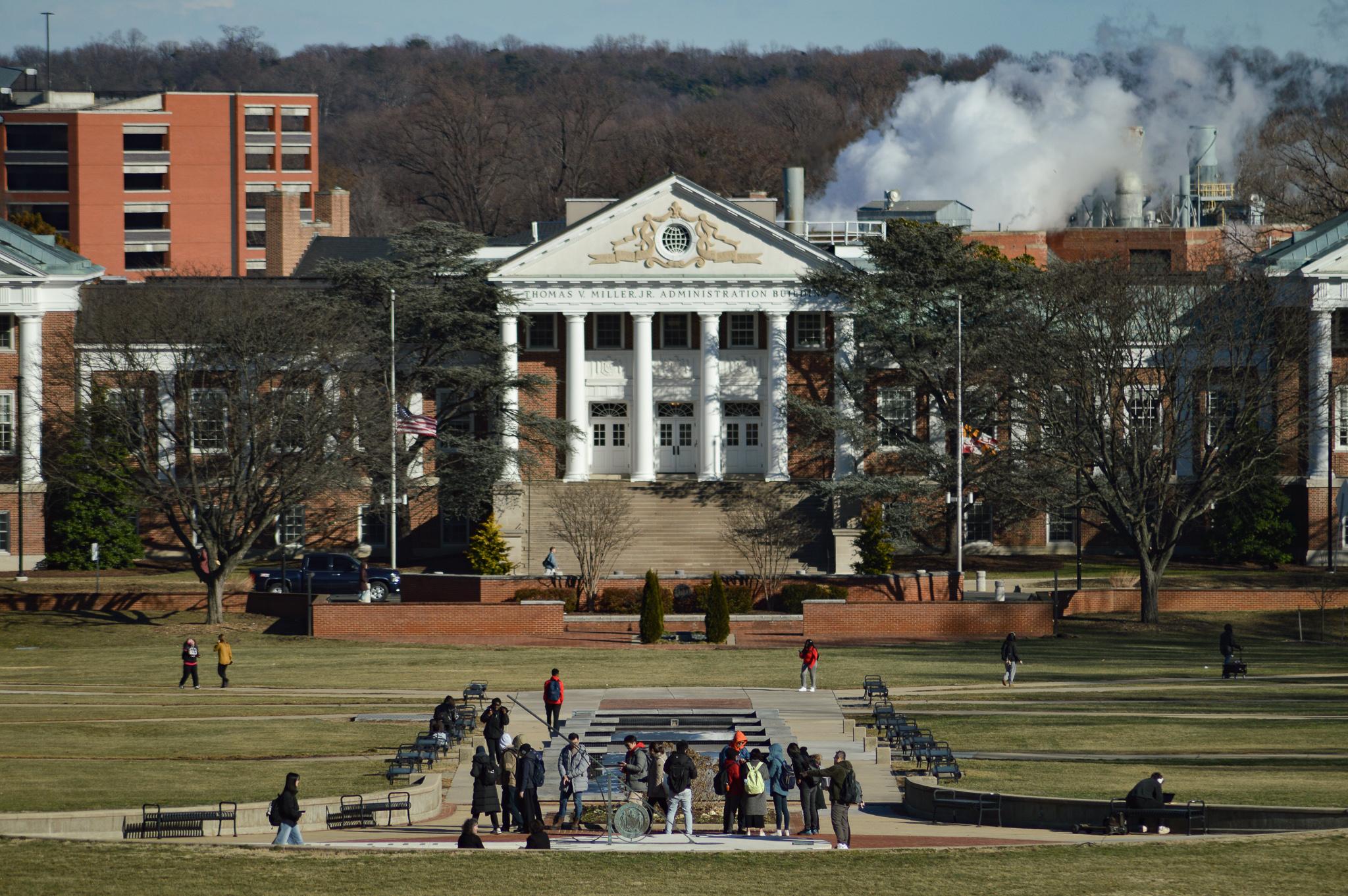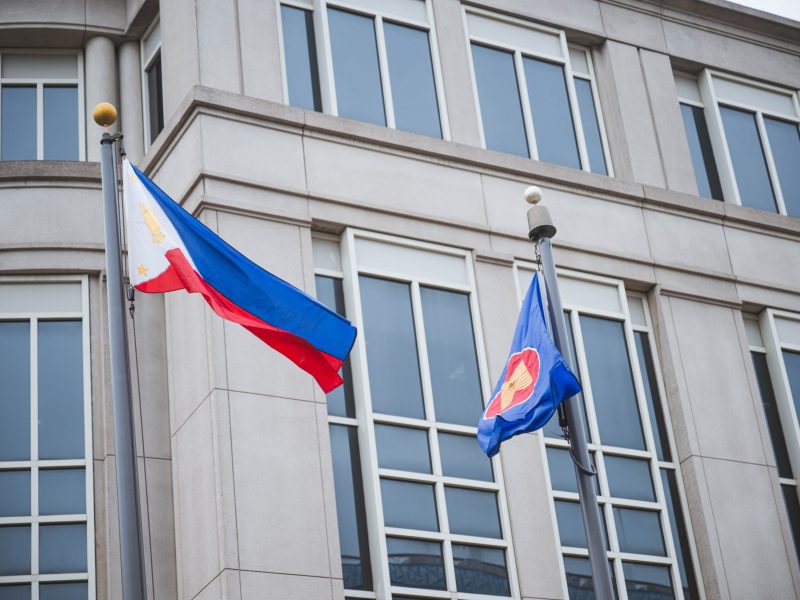First-time student enrollment at the University of Maryland dropped by about four percent since fall 2021 despite record application and admission highs for fall 2024, according to a Diamondback analysis of university data.
Less than a quarter of accepted applicants during the fall 2024 application cycle enrolled at the university for the fall semester, according to data from the university’s institutional research, planning and assessment office.
According to James B. Massey Jr., this university’s undergraduate admissions director, an institution’s enrollment depends on the number of students it can accommodate.
“We were very fortunate that we had strong enrollment,” Massey told The Diamondback. “We had a number that we were looking to meet for the class and we were able to meet that number.”
The university welcomed more than 5,800 first-time students for the fall semester in 2024, the smallest incoming class size since 2022, according to university data. Fewer than 25 percent of admitted students enrolled at this university in each of the last four fall semesters.
This university began to count first-time students as new freshmen, Freshmen Connection and applied agriculture students in 2021, according to university data. The university joined the Common App the year before, Massey said, which contributed to increased applications.
“The revenue that the university receives from enrollment fluctuates as student enrollment changes each semester, and this is considered in the university’s budget planning,” this university wrote in a statement to The Diamondback.
[7 UMD international student visas restored after Trump reversal]
Jennifer Causey, a senior research associate with the National Student Clearinghouse Research Center — a nonprofit organization that specializes in education data — said freshman enrollment at public four-year institutions increased slightly but has stayed relatively steady after the COVID-19 pandemic.
National freshman enrollment for public four-year institutions increased by 3 percent from fall 2023 to fall 2024, according to enrollment estimates from the National Student Clearinghouse Research Center.
This university’s first-time student enrollment fell by almost six percent during the same period, according to The Diamondback’s analysis.
Massey said students’ decision to attend a university depends on many factors, including difficulty navigating the Free Application for Federal Student Aid.
“A lot of institutions saw a decline in students saying ‘yes’ just based upon navigating [the FAFSA],” Massey said.
The 2024 FAFSA was delayed by two months because of glitches causing confusion for some prospective students and families, The Diamondback reported in March 2024. The University System of Maryland delayed its admissions decision deadline by two weeks due to the delays.
The university provides admitted students a financial aid portal called FinAid about one business day after they receive an admission letter, according to the student financial aid office’s website.
[UMD, national finance experts weigh in on resumed collection of defaulted student loans]
Freshman cell biology and genetics major Veronica Sanchez said her mom, who was familiar with the FAFSA, helped her with the process, but many others did not have the same support. One of her friends “had to do everything herself, because her parents just weren’t really active in her admission process,” Sanchez said.
This university accepted nearly 45 percent of applicants in fall 2024, an about 7 percent decrease from 2021.
Sanchez said a lower acceptance rate worries her brother who, despite being a “really solid student,” is concerned about being accepted to this university.
Freshman cell biology and genetics major Priya Tyagi said the financial aid system was streamlined and allowed her to see the amount of aid she received and the cost of her loans.
“I would say that [this university] definitely stood out among the other schools I applied to, because I remember having to call the other offices because I was just so confused and they didn’t really have any clear direction,” Tyagi said.
Tyagi added that many of her friends in high school applied to this university but chose to attend other schools because of better financial aid offers, scholarships or more prestige.
“I feel like since the University of Maryland has risen in the rankings and is a Public Ivy now, I think a lot of people just apply for the sake of applying,” Tyagi said. “But then they’re already qualified enough, so they end up going to a more prestigious university.”



